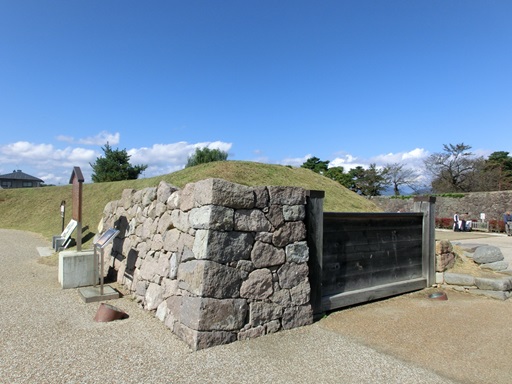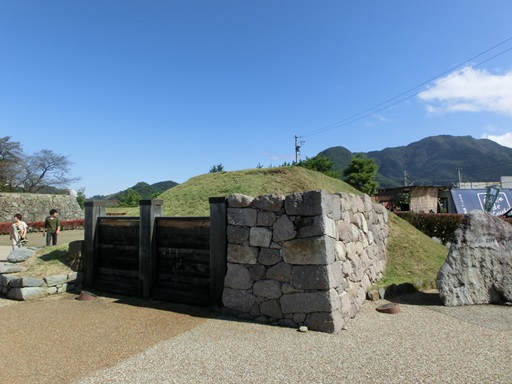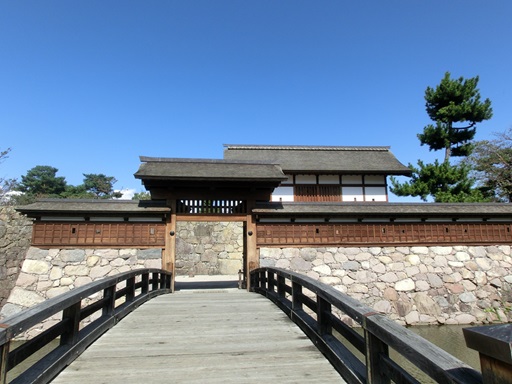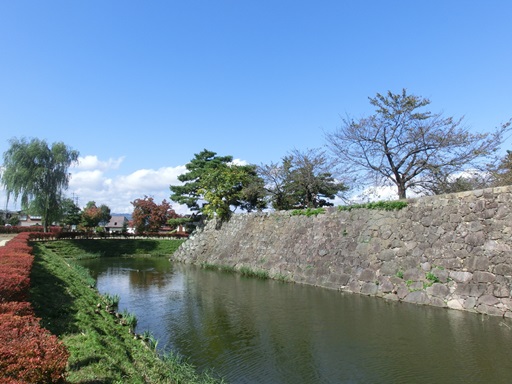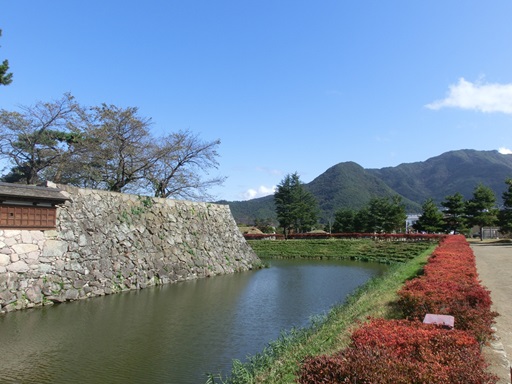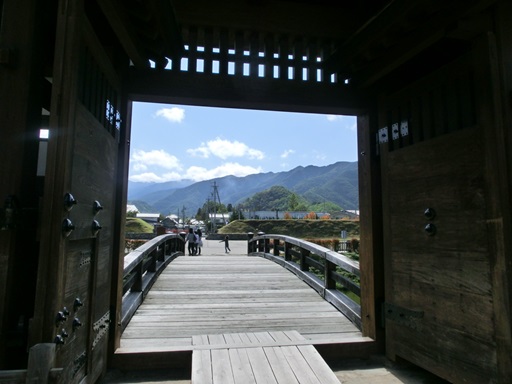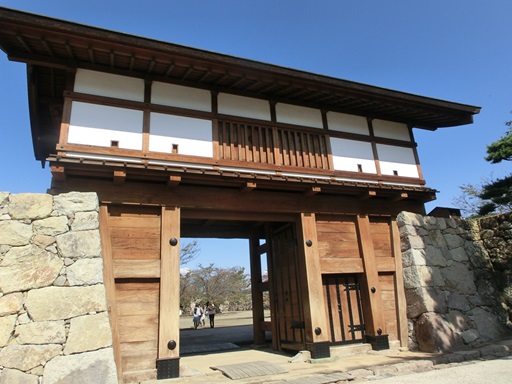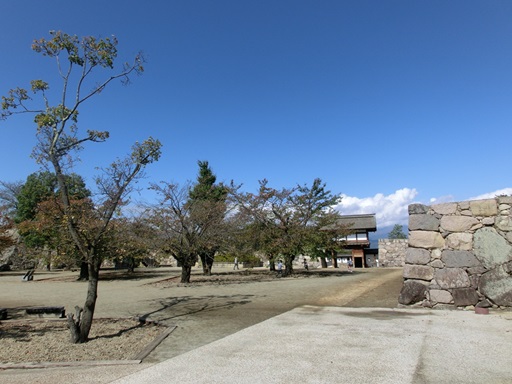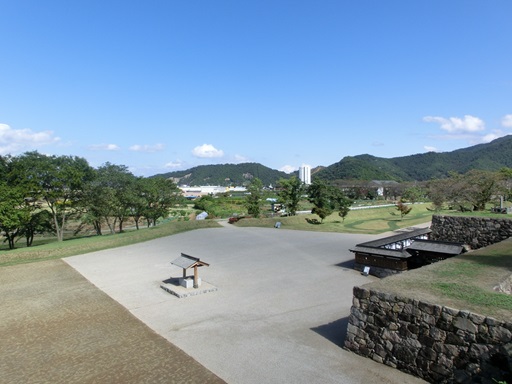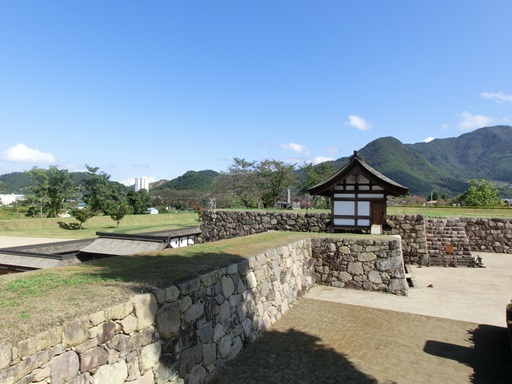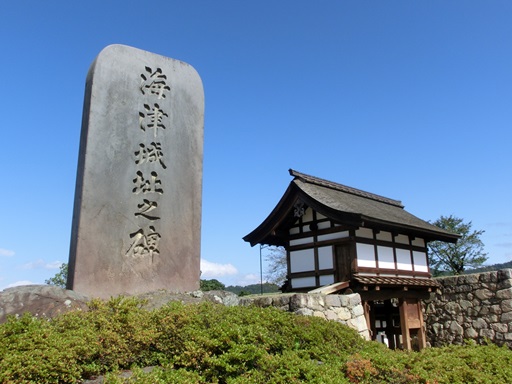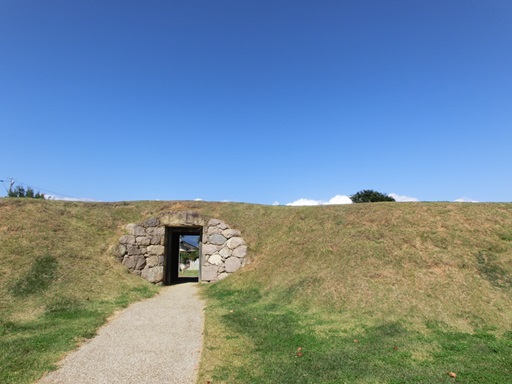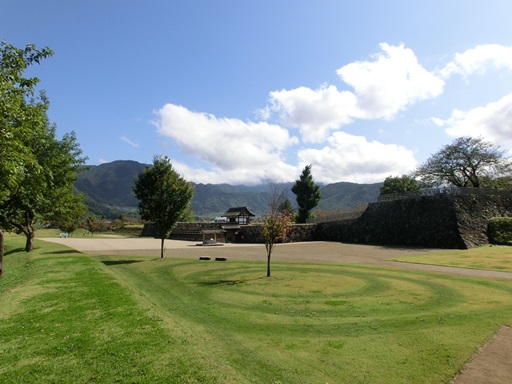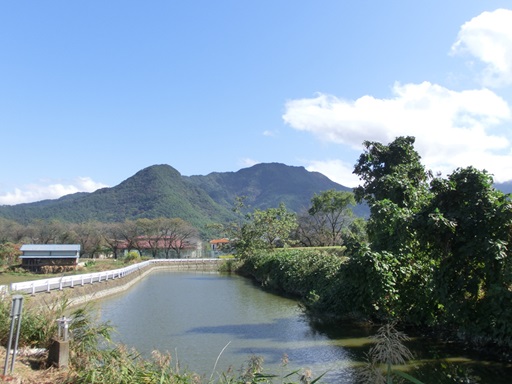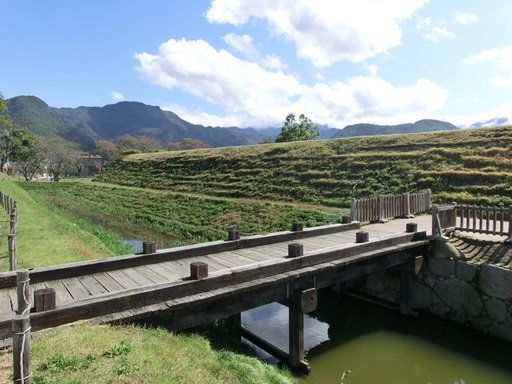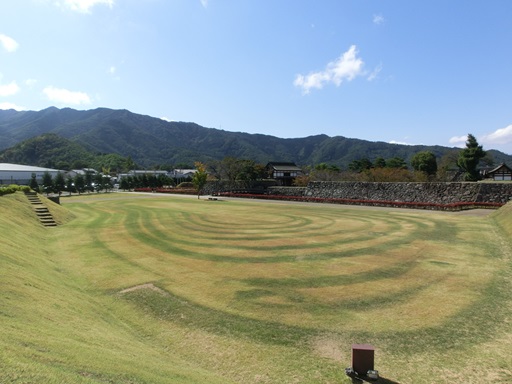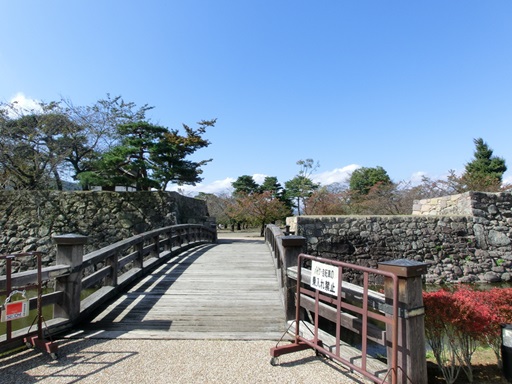|
Ruins of Matsushiro Castle, Nagano
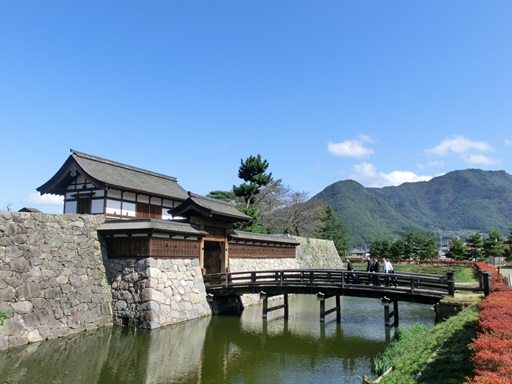
Matsushiro Castle was originally built in 1560 by TAKEDA Shingen (1521 - 1573), who was the lord of "Kai" province, present Yamanashi Prefecture. TAKEDA Shingen expanded his territory to the north, where the territory of UESUGI Kenshin(1530 - 1578) was located. Both TAKEDA Shingen and UESUGI Kenshin were recognized as the most strongest samurai lords at the end of the "Muromachi" Age (1336 - 1573).In 1600, MORI Tadamasa (1570 - 1634) became the castle lord of Matsushiro Castle. In 1622, SANADA Nobuyuki (1566 - 1658) became the Feudal Lord of Matsushiro Domain and the castle lord of Matsushiro Castle. Matsushiro Castle was the palace of the feudal lord and the government offices of Matsushiro Domain. The castle was abandoned in 1872, five years after the "Edo" Age (1603 - 1868) was ended.
The Main Bailey of Matsushiro Castle
The ruins of Matsushiro Castle are located in the middle of Nagano Prefecture, near the Chikuma River. TAKEDA Shingen and UESUGI Kenshin battled five times between 1553 and 1564 in this area. TAKEDA Shingen built Matsushiro Castle as a fort just before the fourth battle between them. The main bailey was located to the north of the castle and the second bailey surrounded the main bailey. The third bailey was located to the southernmost area of the castle. From 2004, the sites of the main bailey and the second bailey have been being renovated. If you approach Matsushiro Castle from the south, you will enter the castle from the south gate in the second bailey. 
The stone foundations of the south gate in the second bailey remain. The gate building spanned these stone foundations in the "Edo" Age. |
